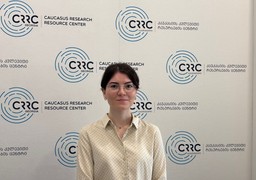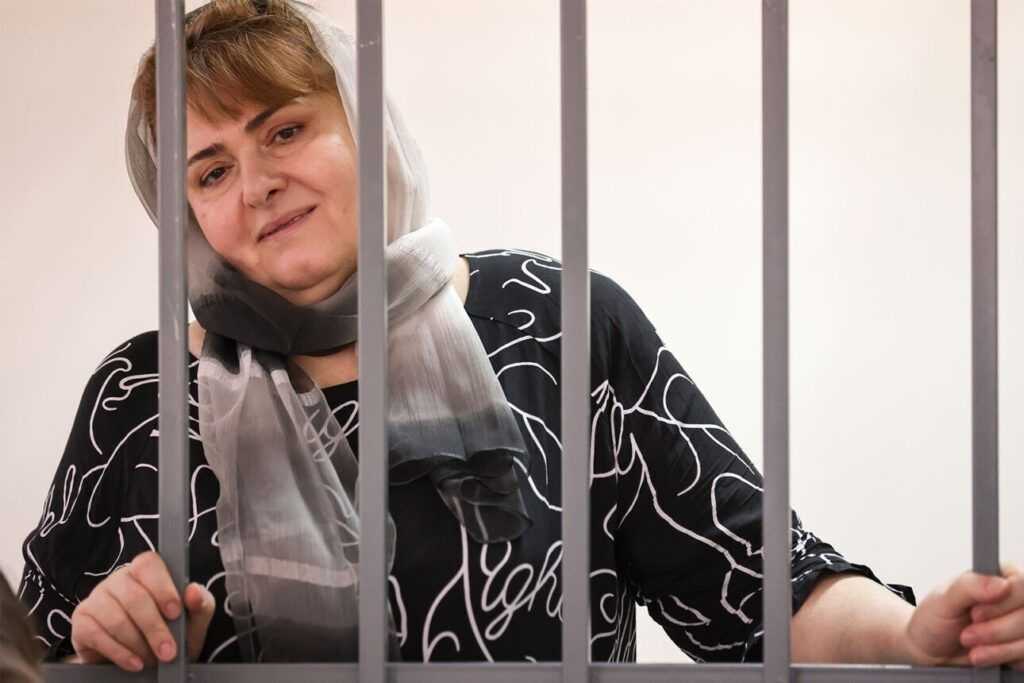
Since the Velvet Revolution, Armenians across a wide cross-section of society have become increasingly more optimistic about their country’s future. In comparison, Georgians have seen only a modest increase in optimism over the time period, with the uptick concentrated in urban areas and among those employed.
Both Armenia and Georgia have experienced significant political, economic, and social changes over the last decade. In Armenia, the changes have coincided with more Armenians believing that eventually everything will be fine, while in Georgia, there has been a largely steady though slightly upward trend, according to the Caucasus Barometer survey.
In 2017, nearly half of the Armenian population (46%) believed that the situation in their country would never improve. In contrast, more people in Georgia viewed their country's future positively (68%).
In 2019, optimism in the Armenian population toward the future roughly doubled (80%), surpassing the share with an optimistic outlook in Georgia (69%). This change took place following Armenia’s Velvet Revolution, which brought Prime Minister Nikol Pashinyan to power.
Between 2019 and 2024, Georgians’ optimism about the future increased by six percentage points, coming to match the share of optimism in Armenia.
These changes in attitudes varied by social and demographic variables.
In Armenia, after the initial increase in optimism following the Velvet Revolution, those aged 35–54 gradually became less optimistic, while other age groups’ attitudes did not change significantly.
In Georgia, optimism rose among people 54 and under between 2019 and 2021, while it rose for older people between 2021 and 2024.
In Armenia, men became less optimistic about the future over time, while in Georgia, both men and women have gradually become more optimistic.
The data shows consistent trends over time in the Georgian population regarding people’s perceptions of their country’s future based on their level of education. However, Georgians with a higher education tend to have a more positive outlook on the country’s future compared to those with a secondary technical education or lower education levels.
In contrast, opinions among Armenians about their country’s future do not fluctuate substantially based on level of education.
Data from Georgia indicates that employed individuals are more optimistic about the country’s future than those who are not working. For example, in 2024, approximately 82% of employed people believed that everything would eventually be fine in Georgia, compared to 70% of people who were not working.
In Armenia, however, working people’s attitudes have declined slightly over time.
The data also shows that residents of rural areas in Georgia view the country’s future more negatively than those living in the capital. Attitudes became more positive between 2019 and 2024 for people in Tbilisi and rose substantially in other urban areas (by 19 percentage points) between 2021 and 2024.
In contrast, in Armenia, optimism is lowest in Yerevan, where attitudes became more negative between 2021 and 2024. Otherwise, attitudes have largely been stable across settlement types.
In 2024, levels of optimism for the future were quite similar in Armenia and Georgia, with optimism having increased substantially in Armenia, following the country’s Velvet Revolution and rising modestly in Georgia. In Armenia, increases in optimism were wide-spread across society, while in Georgia recent changes seem concentrated in urban areas and among those employed.
This post was written by Tinatin Gagoshidze, a Junior Researcher fellow at CRRC-Georgia. The views presented in this article are the author’s alone and do not necessarily reflect the views of CRRC Georgia or any related entity.









